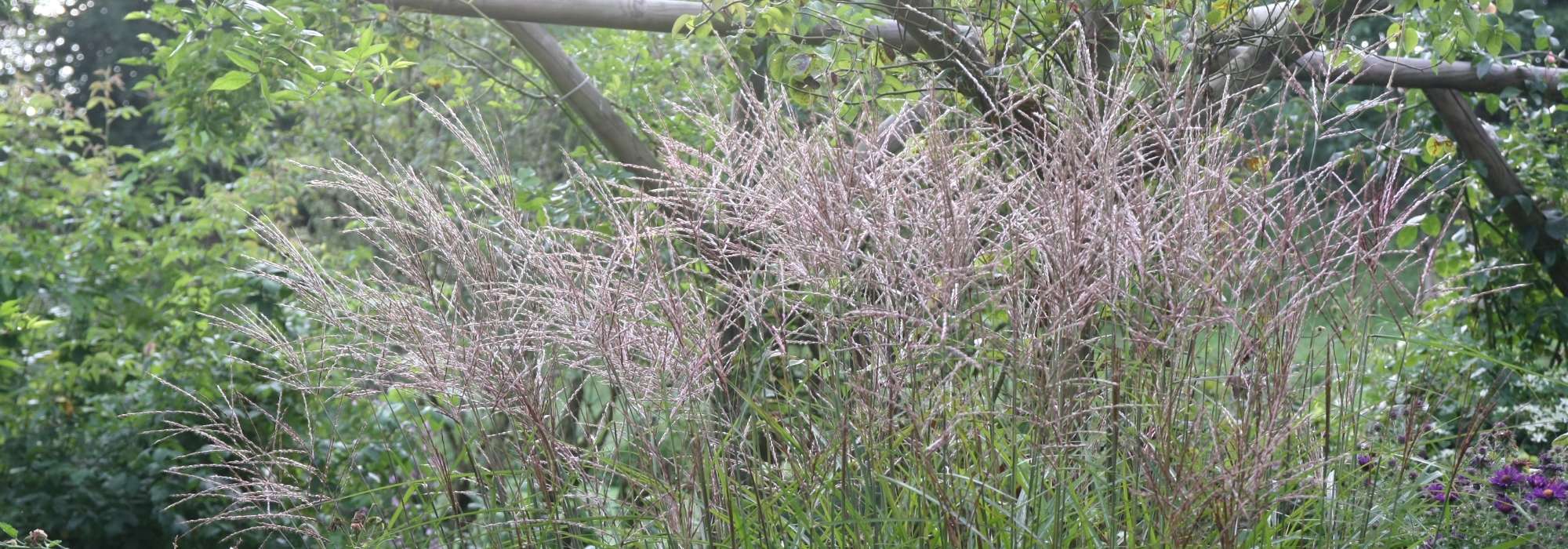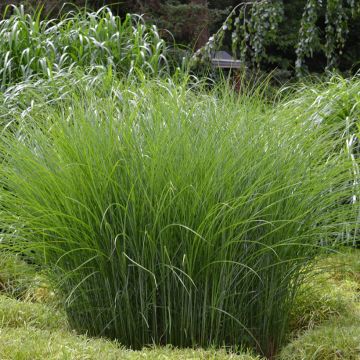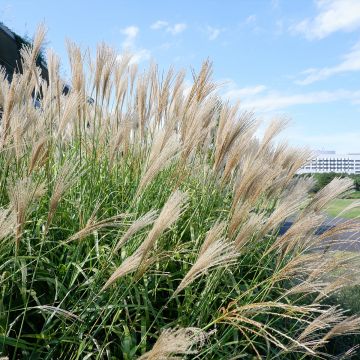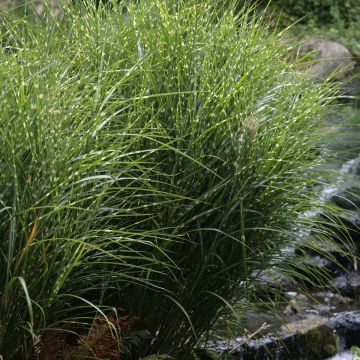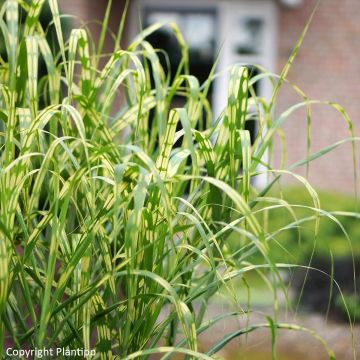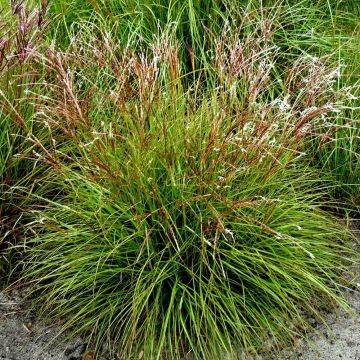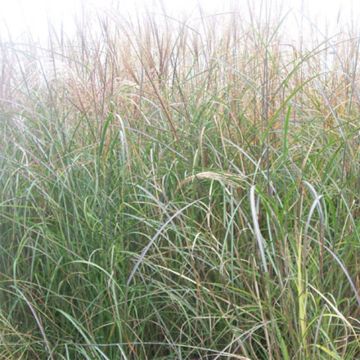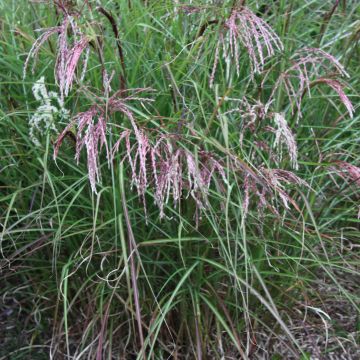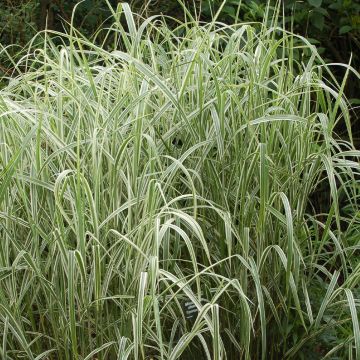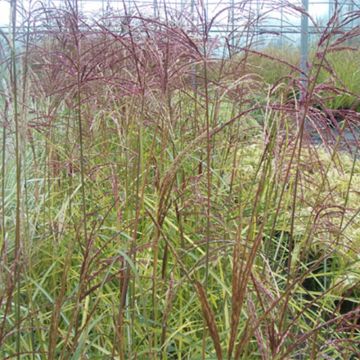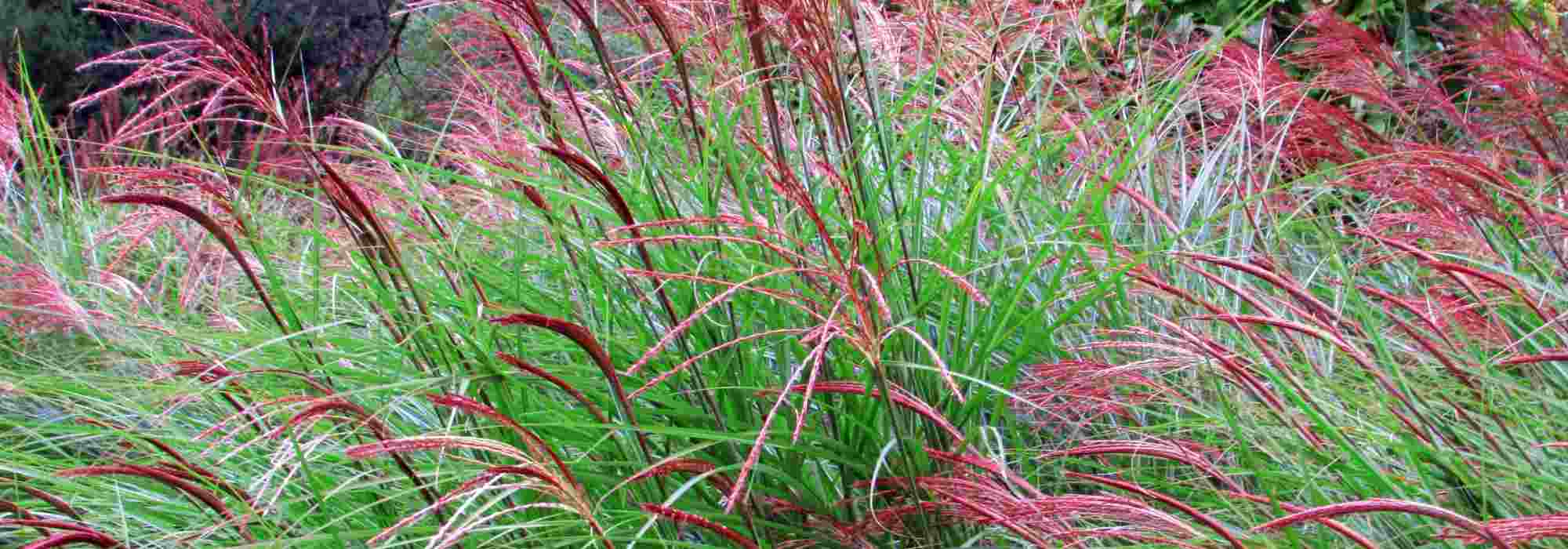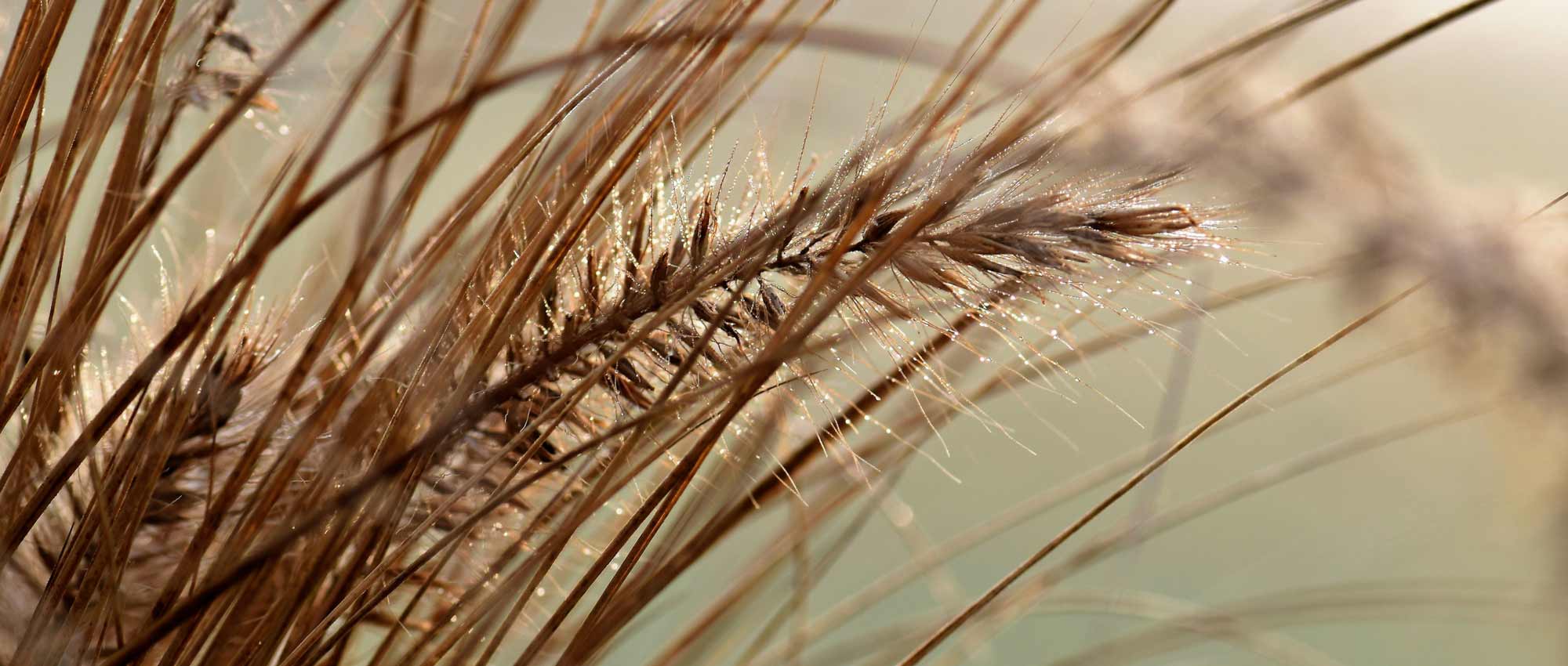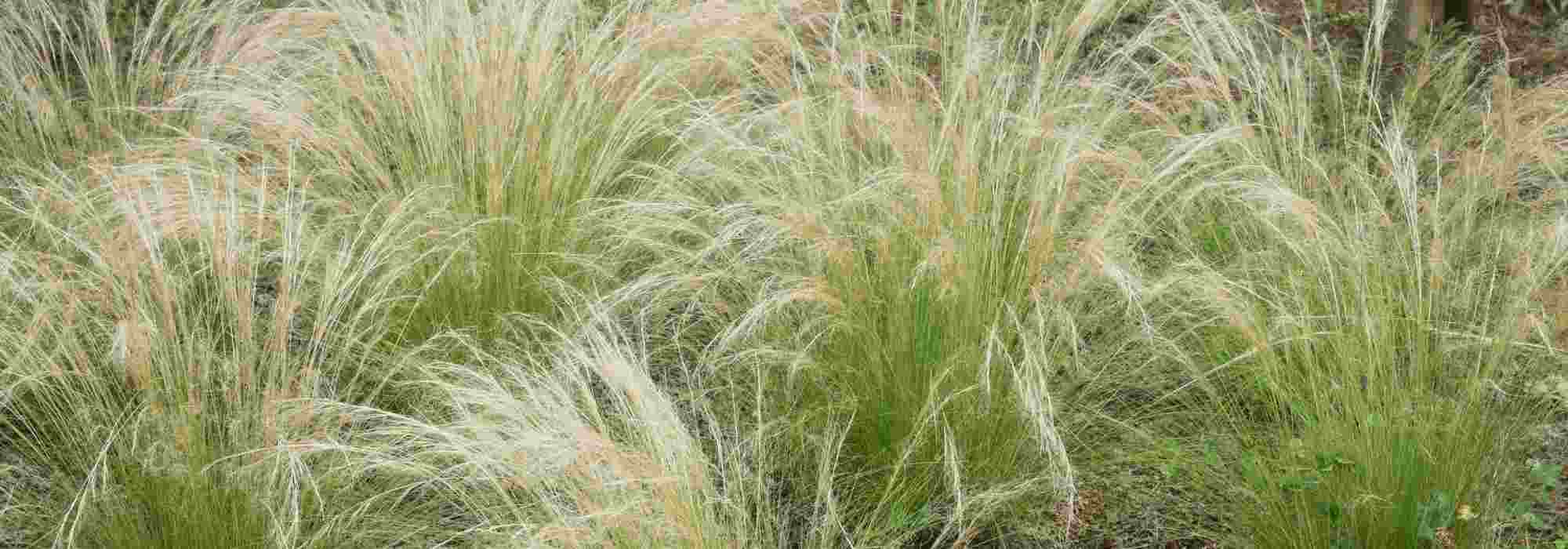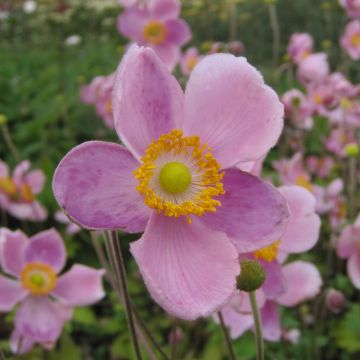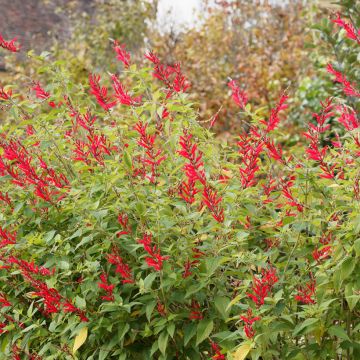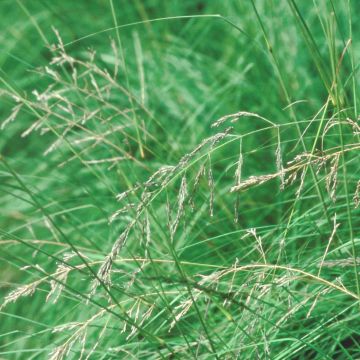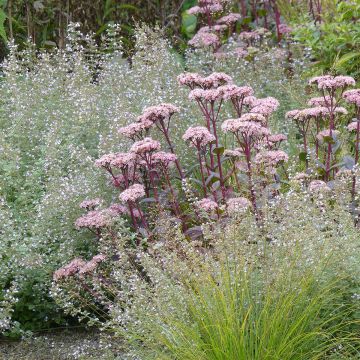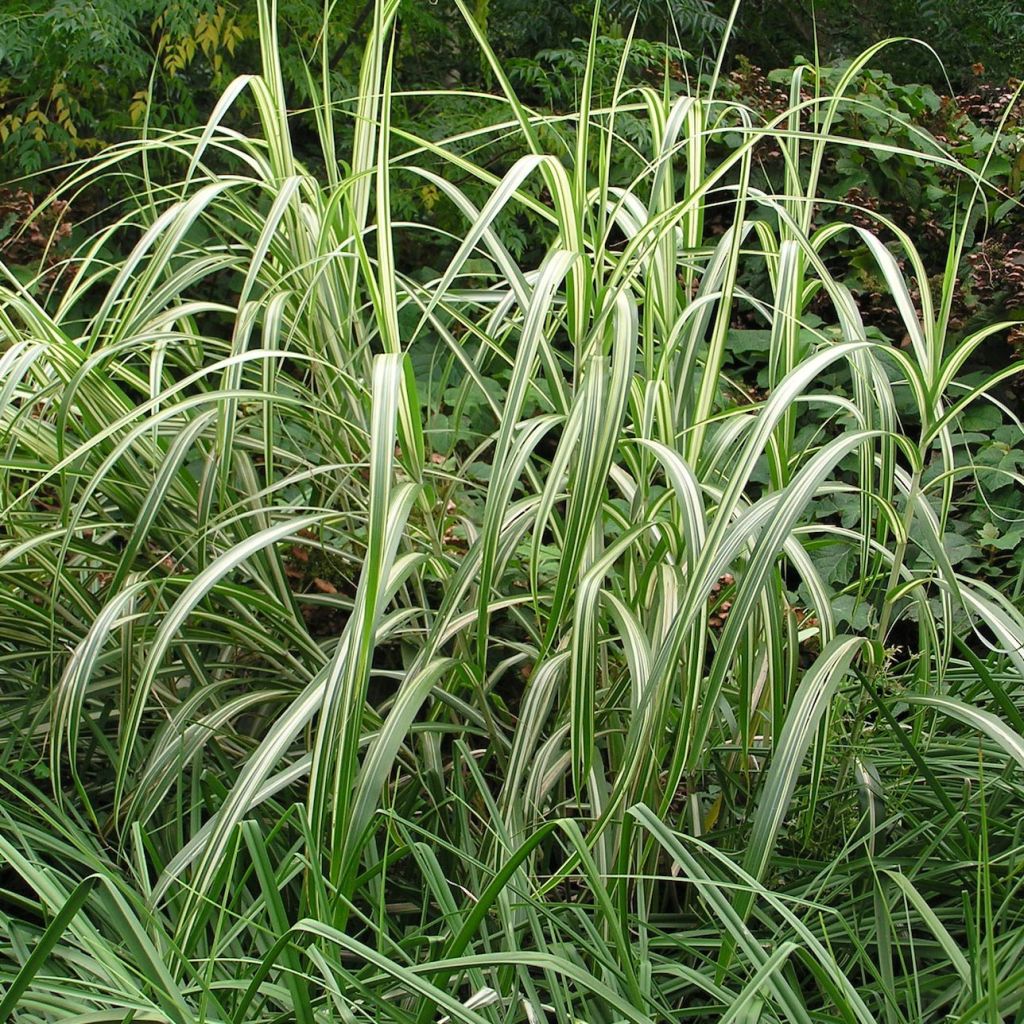

Miscanthus sinensis var. condensatus Cabaret - Silvergrass
Miscanthus sinensis var. condensatus Cabaret - Silvergrass
Miscanthus sinensis var.condensatus Cabaret
Eulalia, Porcupine Grass, Chinese silver Grass, Maiden Grass, Zebra Grass, Susuki Grass
Special offer!
Receive a €20 voucher for any order over €90 (excluding delivery costs, credit notes, and plastic-free options)!
1- Add your favorite plants to your cart.
2- Once you have reached €90, confirm your order (you can even choose the delivery date!).
3- As soon as your order is shipped, you will receive an email containing your voucher code, valid for 3 months (90 days).
Your voucher is unique and can only be used once, for any order with a minimum value of €20, excluding delivery costs.
Can be combined with other current offers, non-divisible and non-refundable.
Home or relay delivery (depending on size and destination)
Schedule delivery date,
and select date in basket
This plant carries a 12 months recovery warranty
More information
We guarantee the quality of our plants for a full growing cycle, and will replace at our expense any plant that fails to recover under normal climatic and planting conditions.
Would this plant suit my garden?
Set up your Plantfit profile →
Description
Miscanthus sinensis var. condensatus 'Cabaret', also known as eulalia or Chinese silver grass, is undoubtedly one of the most impressive cultivars of the genus. It forms an impressive clump, reaching 2.5m (8ft) by 2m (7ft) under optimal growing conditions. Its ribbon-like green foliage is particularly wide and bright, with white margins in the centre. The flowering is somewhat random, appearing during long, hot summers. When they appear, the pinkish inflorescences fade to a white-silver tone. However, this variety is slightly less hardy than others. This plant is not invasive and is easy to grow in any ordinary soil that is not too dry but moist. It likes a position in full sun. It is simply superb when planted as a solitary specimen at the edge of a pond.
The 'Cabaret' eulalia belongs to the Poaceae family. It is a horticultural form derived from Miscanthus sinensis var. condensatus, a botanical species native to Japan. This tall perennial grass with short rhizomes grows in non-spreading clumps. The upright and trailing habit easily reaches 2m (7ft) in height, or even more in fertile and moist soil, with a minimum spread of 1.8m (6ft). The leaves are wide (sometimes over 3cm (1in)), very long, and very flexible. They are green with irregular margins of white. At the end of a long, hot summer, long floral stems emerge from the foliage in August-September, in the form of silky finger-like spikes, 20 to 30cm (8 to 12in) long. They are pinkish at first, then turn white when mature. As they fade, they take on a silvery hue. The plumes consist of tiny flowers that close slightly after opening, only to open again when mature. They then take on a paler and fluffier appearance.
This tall eulalia has deciduous foliage, but its monumental habit remains decorative for much of the winter, even when the foliage and inflorescences are dry. Designed to stand out in a large dedicated space or at the back of a large border, its strong presence adds beautiful structure to landscape compositions. It is also suitable for wild gardens and contemplative gardeners. Just plant it at the edge of a water feature, watch it grow and fill out, play with the wind and the low autumn light, and bend under rain showers. In winter, it lights up the garden with its reassuring silhouette.
It has its place in modern gardens with clean lines, in the company of bamboo or ferns if the soil is moist. Miscanthus are well-suited for hedge planting, creating a screen along a path, isolating a part of the garden, or simply hiding the view of the street or a neighbour's garden. These grasses bring volume and texture to the boundaries of the garden, creating a natural transition to the open areas. In an urban garden, Miscanthus 'Cabaret' softens concrete structures. It can also be grown in large containers.
Miscanthus sinensis var. condensatus Cabaret - Silvergrass in pictures
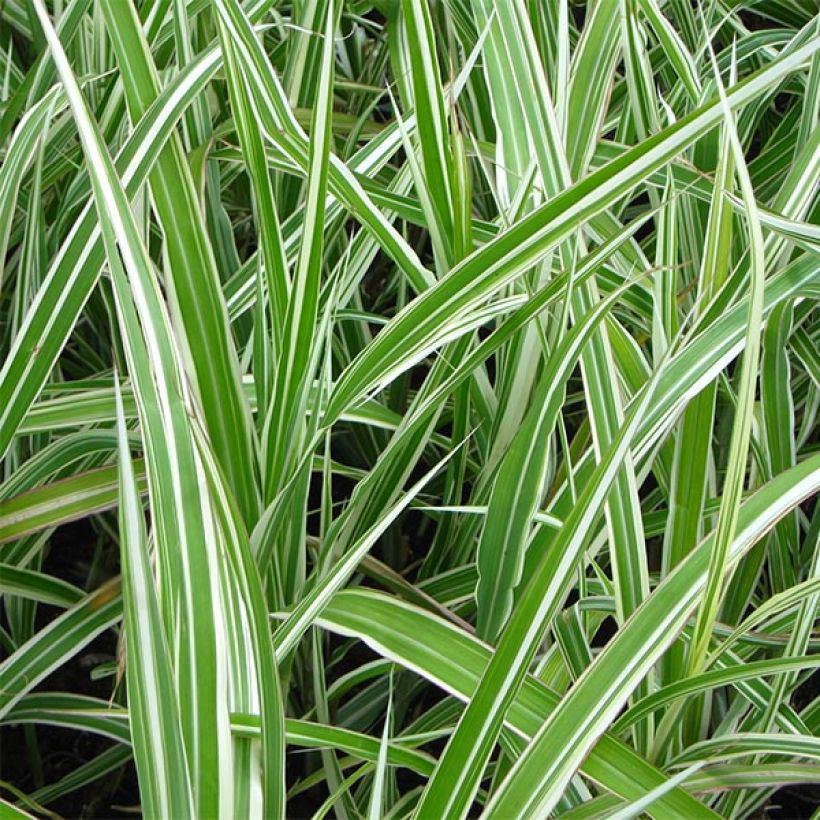

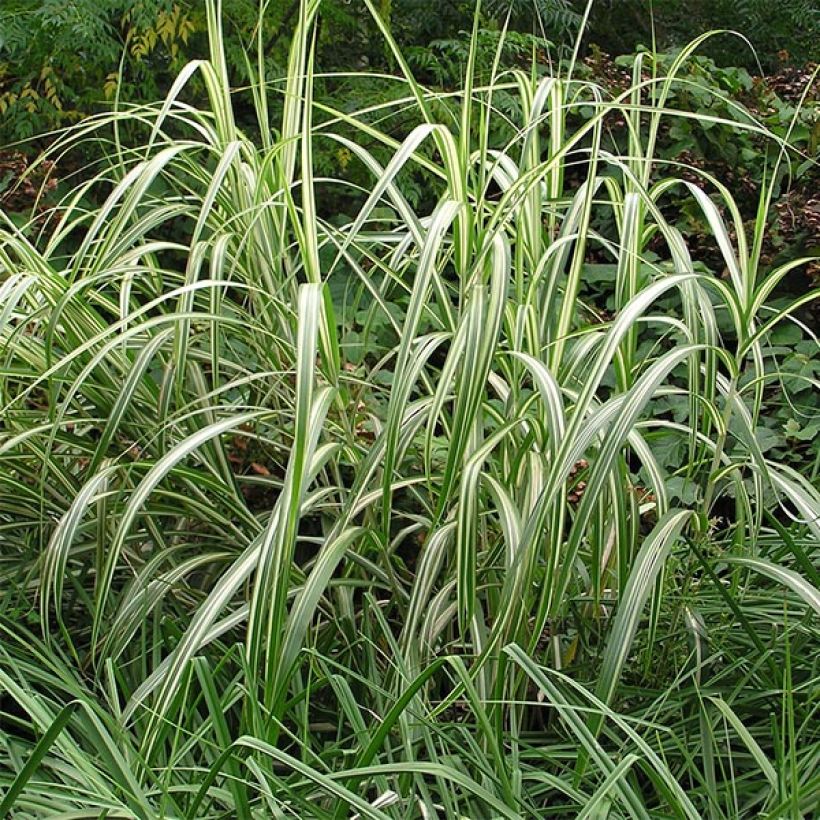

Flowering
Foliage
Plant habit
Botanical data
Miscanthus
sinensis var.condensatus
Cabaret
Poaceae
Eulalia, Porcupine Grass, Chinese silver Grass, Maiden Grass, Zebra Grass, Susuki Grass
Cultivar or hybrid
Other Miscanthus
View all →Planting and care
Miscanthus sinensis 'Cabaret' thrives in warm exposures and requires healthy, fairly rich, and deep soil that is well-drained but remains moist in summer. This plant can tolerate occasional drought if planted in deep soil. It can adapt to poor soil, but it will be less imposing and its growth will be slower. Cut back the foliage to ground level at the very beginning of spring, after the strongest frosts have passed. For container planting, choose a large container (minimum 45L) filled with a fertile, well-draining, and flexible growing medium. A mixture composed of 20% good garden soil, 20% mixed draining elements (pumice or gravel or coarse river sand), and 60% horticultural compost is ideal. Apply well-decomposed compost once or twice a year (end of winter and autumn) or slow-release fertiliser. When it becomes less floriferous, divide the clump and replant the peripheral shoots.
Planting period
Intended location
Care
Planting & care advice
This item has not been reviewed yet - be the first to leave a review about it.
Similar products
Haven't found what you were looking for?
Hardiness is the lowest winter temperature a plant can endure without suffering serious damage or even dying. However, hardiness is affected by location (a sheltered area, such as a patio), protection (winter cover) and soil type (hardiness is improved by well-drained soil).

Photo Sharing Terms & Conditions
In order to encourage gardeners to interact and share their experiences, Promesse de fleurs offers various media enabling content to be uploaded onto its Site - in particular via the ‘Photo sharing’ module.
The User agrees to refrain from:
- Posting any content that is illegal, prejudicial, insulting, racist, inciteful to hatred, revisionist, contrary to public decency, that infringes on privacy or on the privacy rights of third parties, in particular the publicity rights of persons and goods, intellectual property rights, or the right to privacy.
- Submitting content on behalf of a third party;
- Impersonate the identity of a third party and/or publish any personal information about a third party;
In general, the User undertakes to refrain from any unethical behaviour.
All Content (in particular text, comments, files, images, photos, videos, creative works, etc.), which may be subject to property or intellectual property rights, image or other private rights, shall remain the property of the User, subject to the limited rights granted by the terms of the licence granted by Promesse de fleurs as stated below. Users are at liberty to publish or not to publish such Content on the Site, notably via the ‘Photo Sharing’ facility, and accept that this Content shall be made public and freely accessible, notably on the Internet.
Users further acknowledge, undertake to have ,and guarantee that they hold all necessary rights and permissions to publish such material on the Site, in particular with regard to the legislation in force pertaining to any privacy, property, intellectual property, image, or contractual rights, or rights of any other nature. By publishing such Content on the Site, Users acknowledge accepting full liability as publishers of the Content within the meaning of the law, and grant Promesse de fleurs, free of charge, an inclusive, worldwide licence for the said Content for the entire duration of its publication, including all reproduction, representation, up/downloading, displaying, performing, transmission, and storage rights.
Users also grant permission for their name to be linked to the Content and accept that this link may not always be made available.
By engaging in posting material, Users consent to their Content becoming automatically accessible on the Internet, in particular on other sites and/or blogs and/or web pages of the Promesse de fleurs site, including in particular social pages and the Promesse de fleurs catalogue.
Users may secure the removal of entrusted content free of charge by issuing a simple request via our contact form.
The flowering period indicated on our website applies to countries and regions located in USDA zone 8 (France, the United Kingdom, Ireland, the Netherlands, etc.)
It will vary according to where you live:
- In zones 9 to 10 (Italy, Spain, Greece, etc.), flowering will occur about 2 to 4 weeks earlier.
- In zones 6 to 7 (Germany, Poland, Slovenia, and lower mountainous regions), flowering will be delayed by 2 to 3 weeks.
- In zone 5 (Central Europe, Scandinavia), blooming will be delayed by 3 to 5 weeks.
In temperate climates, pruning of spring-flowering shrubs (forsythia, spireas, etc.) should be done just after flowering.
Pruning of summer-flowering shrubs (Indian Lilac, Perovskia, etc.) can be done in winter or spring.
In cold regions as well as with frost-sensitive plants, avoid pruning too early when severe frosts may still occur.
The planting period indicated on our website applies to countries and regions located in USDA zone 8 (France, United Kingdom, Ireland, Netherlands).
It will vary according to where you live:
- In Mediterranean zones (Marseille, Madrid, Milan, etc.), autumn and winter are the best planting periods.
- In continental zones (Strasbourg, Munich, Vienna, etc.), delay planting by 2 to 3 weeks in spring and bring it forward by 2 to 4 weeks in autumn.
- In mountainous regions (the Alps, Pyrenees, Carpathians, etc.), it is best to plant in late spring (May-June) or late summer (August-September).
The harvesting period indicated on our website applies to countries and regions in USDA zone 8 (France, England, Ireland, the Netherlands).
In colder areas (Scandinavia, Poland, Austria...) fruit and vegetable harvests are likely to be delayed by 3-4 weeks.
In warmer areas (Italy, Spain, Greece, etc.), harvesting will probably take place earlier, depending on weather conditions.
The sowing periods indicated on our website apply to countries and regions within USDA Zone 8 (France, UK, Ireland, Netherlands).
In colder areas (Scandinavia, Poland, Austria...), delay any outdoor sowing by 3-4 weeks, or sow under glass.
In warmer climes (Italy, Spain, Greece, etc.), bring outdoor sowing forward by a few weeks.






























